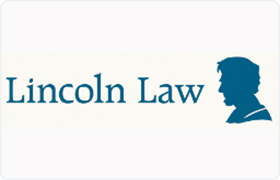Walnut Creek Reorganization Lawyer, California
Sponsored Law Firm
-
 x
x

Click For More Info:
-
Lincoln Law
1525 Contra Costa Blvd Pleasant Hill, CA 94523» view mapBankruptcy & Debt Committed to Our Clients
Lincoln Law was established to provide relief to those in debt. We've helped thousands of families regain control of their finances and live debt-free again.
801-224-8282
Vincent Wood
Bankruptcy, Collection, Credit & Debt, Reorganization
FREE CONSULTATION
CONTACTFREE CONSULTATION
CONTACTCharles Christopher Cardall
Tax, International Tax, Public Finance, Reorganization
Status: In Good Standing Licensed: 36 Years
 Carl Gustafson Pleasant Hill, CA
Carl Gustafson Pleasant Hill, CA
